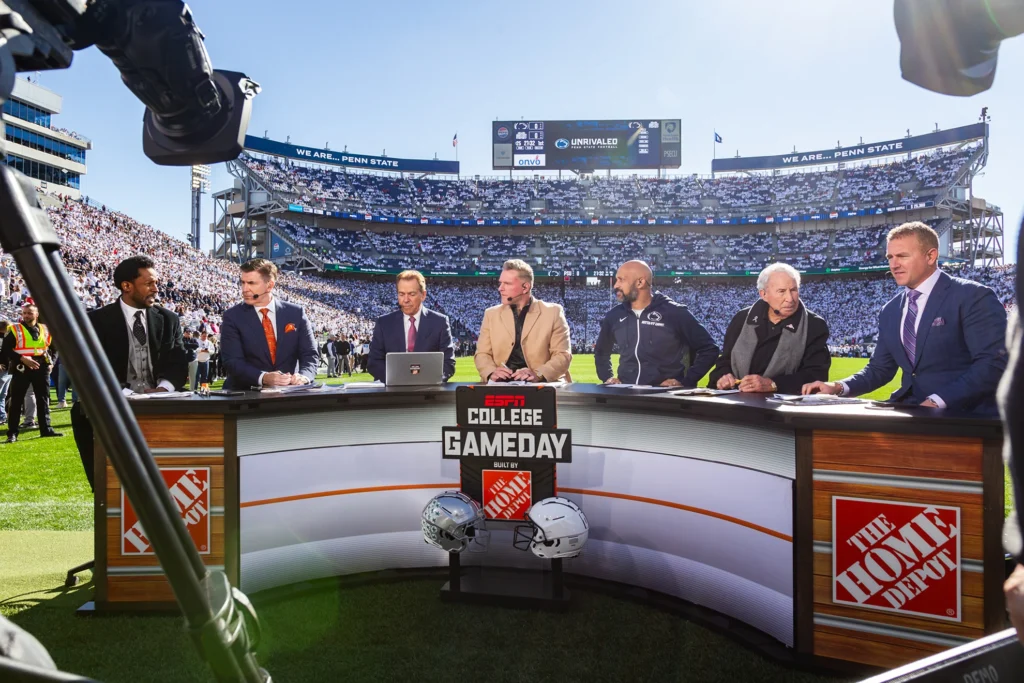
Debate and discussion, passion and perspectives, opinions and, well, more opinions.
That’s what drives college football.
Colorful campuses? Gameday traditions? Historic settings? Sure, there’s all of that. Those things develop emotional ties, ensure brand connection and guarantee generational loyalty.
Winning helps, and programs across the nation have many of those things in their favor. Those tradition-rich programs generally remain the same from year to year and decade to decade. Seriously, some outlier programs might have a few good seasons, but the core of the Top 20 from 30 years ago looks strikingly like that of 20 years ago and even a decade ago.
So, fan bases across the country feel they have an argument to make about their team’s place among the nation’s best – and some ability for the debate, some level of uncertainty, helps drive the success of college football.
We’re clearly into debate season, too.
While the College Football Playoff will settle things in another two months (at the conclusion of the national championship game Jan. 20 in Atlanta), we’re set for two-plus weeks of debate until the playoff field gets announced on Dec. 8.
The hottest topic of debate, as always, no matter the decade or generation, is soft schedules.
Who did you play?
Depending on who’s asking, the subject of the question at this point could be Penn State, Indiana or Texas — each of whom was safely in the playoff field during the most recent reveal. One poor performance or loss, though, by Indiana at Ohio State this week or by Texas against Texas A&M on Nov. 30, could change a lot.
A loss by Penn State to Minnesota this week or Maryland next, both highly unlikely, would certainly change things.
With the timing of the Indiana and Texas games a week apart, there’s plenty of time for debate and discussion — and that’s not even counting conference championship games that will follow.
With many of the nation’s best teams in different conferences, the two most powerful alignments in the college football (the Big Ten Conference and the Southeastern Conference), it guarantees even more heat about the possibilities.
And if you’re letting something boil, heat and additional time only make things hotter.
All that heat will lead to change for college football. It’s not science, with the state of matter changing, but the result will be the same.
Although this is just the first season for the 12-team playoff, the way things have played out on the field mean the system has moved the sport closer to a different, bigger, playoff format.
When some of those tradition-rich programs miss the playoff field — and they will — with the only differentiation being debate about soft schedules, change will come.
The existing playoff agreement with ESPN sets the playoff format until the end of the 2031 season. It allows for an altered format, likely 14 teams, starting with 2026 season.
Thanks to the heat of debate, though, change might come sooner. And it might come with two more teams.
Sixteen teams will not end the debate and discussion — but it will get college football closer to a place where the heat lessens a bit.
Oh, it’ll really hurt the bowl system, which is already reeling except for some creative outliers, but that’s a discussion for another day.
If you’ve enjoyed this content, please subscribe to Stuff Somers Says With Steve on YouTube. Or join our newsletter by entering your email below.
